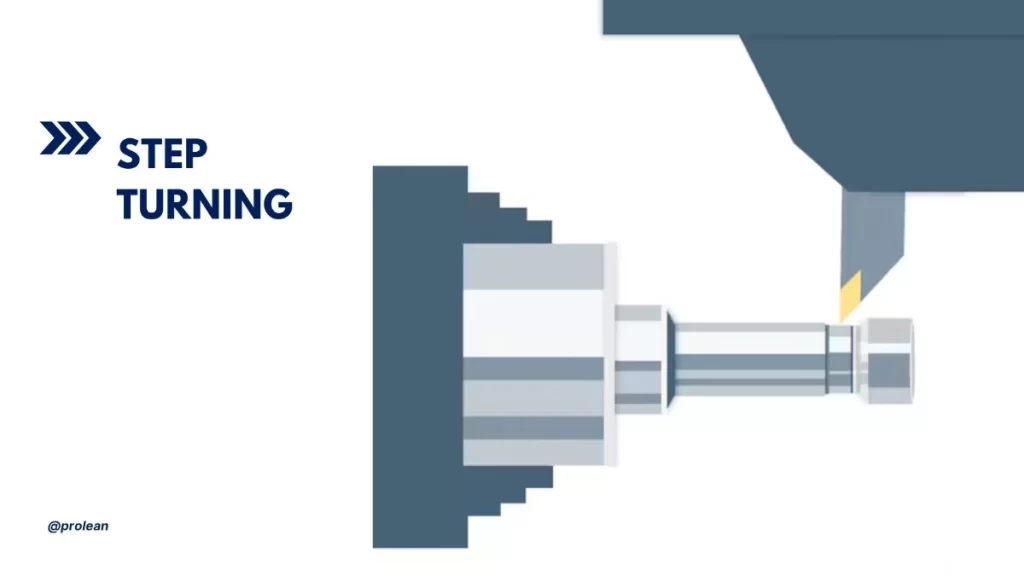
Step Turing Illustration
Step turning plays a critical role in modern machining. It is usually used when a shaft needs multiple diameter sections along its length. It creates precise transitions between those diameters, often forming sharp, defined steps.
This operation is commonly applied in mechanical component design. Each element demands a specific size when preparing shafts for bearings, sprockets, or couplings. Step turning ensures those segments match the fit requirements of each part.
You gain dimensional control, but not without trade-offs. Larger diameter changes can result in higher material waste. Still, step turning remains essential in applications where fit, load alignment, and axial positioning are vital,
What Is Step Turning In the Lathe Machine?
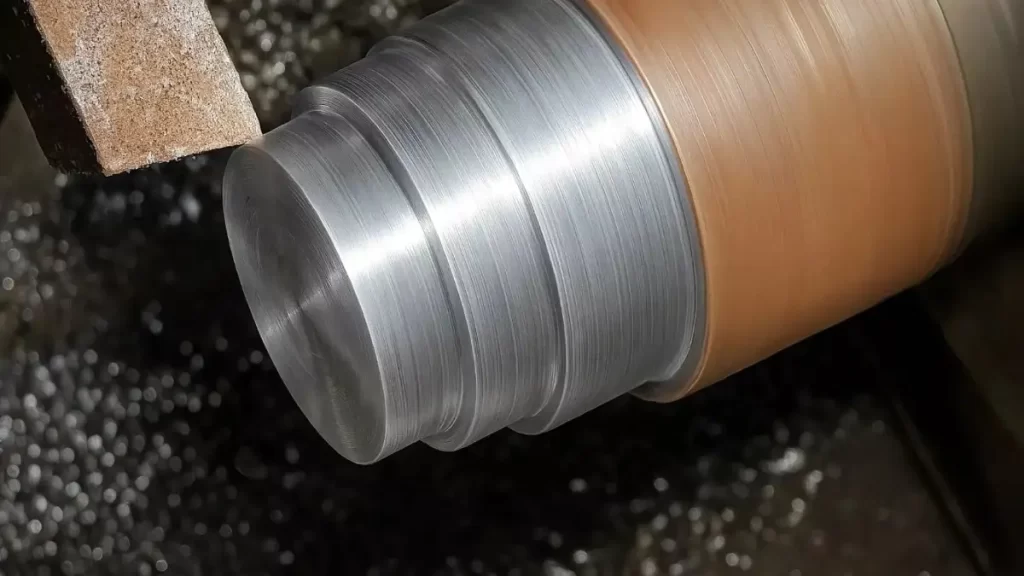
Step Turing In Operation
Step turning helps shape cylindrical shafts precisely. It involves cutting along a shaft to create flat steps. Each step forms a clear shift in diameter, not gradual.
This process removes material using a straight-cutting tool. You use it when multiple shaft diameters are needed. Each diameter serves a different part or assembly fit.
Step turning helps you build features that support the function. These stepped sections create locations for gears or bearings. Each section maintains its size based on design requirements.
Are Step Turning and Taper Turning Same?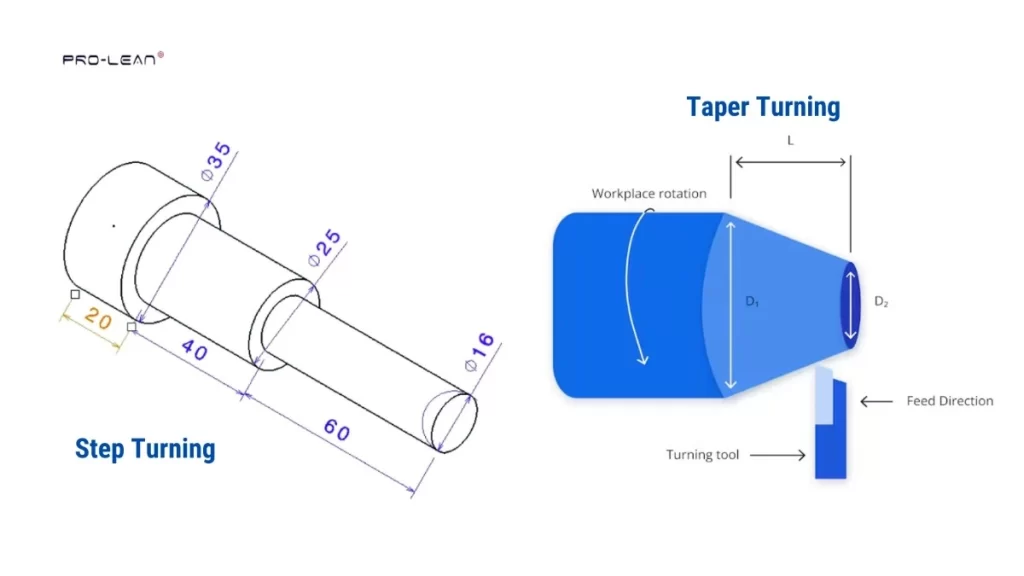
Step Turning Vs. Taper Turning
No, neither of these types of turning the same. You’ll use step turning for sharp diameter transitions. Taper turning, however, gives you a gradual size change.
Taper turning shapes the shaft like a cone section. It’s useful when alignment and centring are key. You often see this in tool holders and spindles.
Step turning typically involves axial tool movement to create sharp diameter transitions, not angular cuts as in taper turning. While taper turning adjusts the tool or tailstock angle for slope. The results look different and serve different mechanical purposes.
Is Turning the Same as Milling?
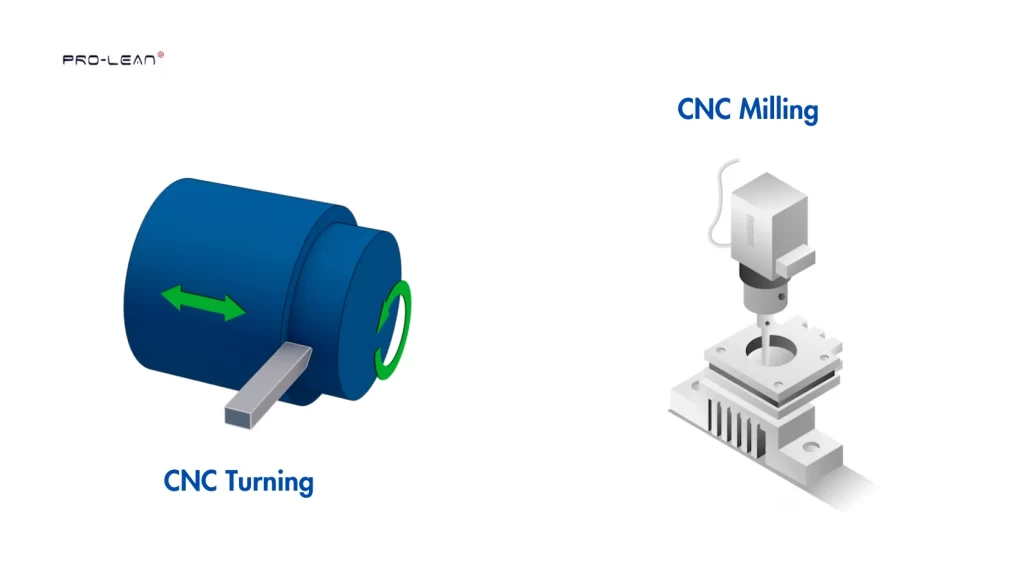
No, turning and milling are not similar processes. CNC Turning is used to shape round parts on a lathe. The workpiece spins while the tool stays fixed in place.
Milling works oppositely. The part stays still while the cutting tool spins. Turning milling allows you to easily shape flat, angled, or uneven surfaces.
Try Prolean Now!
What Is the Purpose of Step Turning?
Step Turning is used to make the shafts ready to be assembled. You can create various diameters in a single setup. This will enable improved fits of every part of the rotating machine.
You can save issues related to alignment in mechanical installations. It ensures every section grips firmly on a load. That provides durability of your shaft systems in the long term.
Fit Multiple Parts on a Single Shaft
You can assemble several components on a single shaft piece. The different parts need different diameters to fit well. Step turning provides you with those specific transitions of diameters.
Each step has clip without additional screws. That makes the design simpler and minimizes loose movements. You also achieve quicker set-up and improved torque control, all in all.
This is also a space-saving method, especially in a small machine layout. You have compact shafts instead of long assemblies. It assists in achieving strict tolerance specifications in the current machines.
Support Accurate Component Positioning
One of the steps of the shoulder lock part keeps it in a position. This can help prevent axial sliding under mechanical stress when combined with appropriate fits or retaining elements. It holds tightly gears, pulleys, or bearings.
The load remains centred step by step. You prevent the imbalance that may damage other moving units. This enhances safety as well as part of life.
Spaces are also maintained properly between parts in each section. You can guarantee the flow of force and improve contact with the parts. That will minimize unforeseen vibration and wear.
Improve Service and Assembly Processes
You save both installation time and replacement of parts. Each part is slid to its fixed shoulder stop—no re-measuring and guessing during fitting.
In case of failure in one part, it is easily removed. The measure avoids pulling other sections along the shaft. It implies faster repairs and less idle time.
Technicians will find it easy to check every zone. Every action provides them with a definite boundary point. That would avert fitting mistakes or slippage of tools. Minimize Design
Complexity and Assembly Errors
By using step turning, you require fewer assemblies. All of the cuts are original shaft shapes. That lessens the demand for additional spacers or pins.
It also avoids errors in machining or assembly. The placement of every step is designed based on the parts’ location. That enhances tolerance of the whole shaft.
The fewer parts imply that your system will be more durable. The chances of fasteners getting loose or losing alignment are reduced. That brings a long-term benefit to your equipment setup.
How Does a Step Turning Process Work?
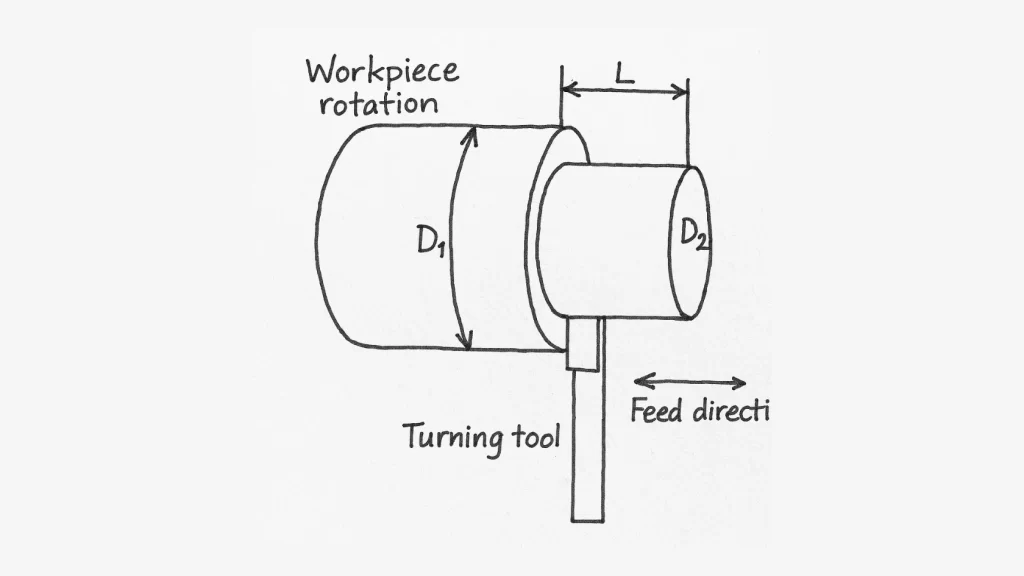
Step Turning Rotational View
The shaft has each step creating another diameter of the shaft. It involves setup, roughing, step cuts, and finishing. You should work carefully and in control if you desire every cut to fit the needed size. Here are the steps involved in the manufacturing process.
Set Up the Lathe and Workpiece
Start by making the shaft fit into the chuck. You should ensure that it is centred and straight. This prevents vibration in the turning process.
Select the tool appropriate to the shaft material. Then correctly set your machine speed and feed. Make guided cuts by using a tool post or CNC control.
Remove Extra Material with Rough Cuts
Remove unwanted materials before taking steps. This helps the final diameters to be easy to form. It also lessens the tool pressure in the subsequent cuts.
Rough cuts do not require very accurate work immediately. You are simply getting the shaft to a near-finished size. You will optimize every step later.
Cut the Steps One by One
So, begin to shape the shaft step by step. Use your device and move it to the identified places with care. Reduce the diameter to the right level.
Do this at every step on the shaft. The edge between steps should be straight and square. That produces the clean stepped look of the shaft.
Finish the Surface and Check Sizes
After cutting all the steps, use a light finishing pass. This provides a superior surface and the correct size. You also take out any tool marks.
Compare each step with a caliper or micrometer. Ensure that they are similar to the drawing or design. The part is now finally used or assembled.
Try Prolean Now!
Step Turning Applications
You apply step turning to shafts, which gives support to motion. The parts are transferred in each stepped area that holds torque or load. It assists in enhancing system layout, safety, and control.
Step turning is found in rotary industries. You can find it in power systems, robotics, and conveyors. The application requires high alignment, as well as low vibration.
The technique assists in high precision in machines. Each of the cuts follows the shape of the implemented part. You have a better fit and increased part engagement.
Found in Gear Drives and Transmission Lines
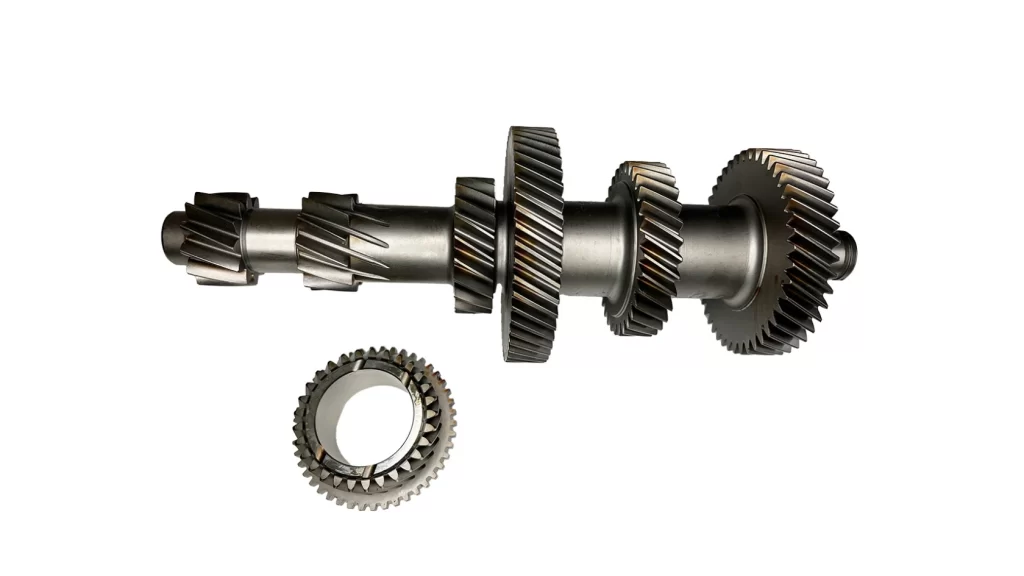
Step Turned Gear Component
Gear motors require shafts with multiple affixed segments. To seat each gear with step turning, you employ. That avoids slipping and makes gear contact even.
It eliminates misalignment when operating the shaft, too. That maintains the torque steady at any speed. The system is more durable and more dependable.
Step shafts prevent backlash risks in power trains. All the gears are precisely positioned to ensure proper engagement with driven components. That provides you with noise-free and smooth machine operations.
Applied in Conveyor and Handling Equipment
You mount rollers, pulleys, or brakes in conveyors. Step turning enables each of them to remain in line. It keeps parts in place even when shifting a heavy load.
You prevent undesired parts positioning or gap spacing. That serves to preserve tracking of the belts and even delivery. You also prolong the life of parts and minimize failures.
With rapid changes in loads, the steps minimize axial slide. That guards against the bending or misalignment of the shaft. It also reduces downtimes whenever replacing parts.
Used in Mechatronics and Robotic Arms
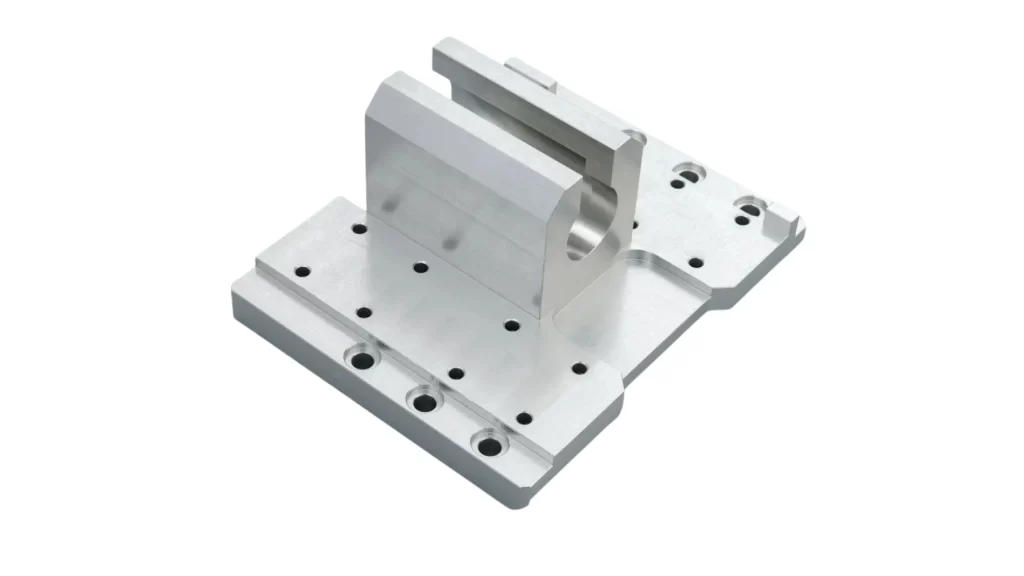
Step Turned Robotic Steel Component
Tight fits and control of the parts are required in precision systems. Step turning provides you with a servo gear with precise positioning. This enables repetitive movement during each stage of movement.
It also provides correct tool positioning of robotic joints. Tool drift or skew is stopped with fixed zones. It implies improvement of the quality of output and actuation stability.
Feedback units and sensors also require proper placements. All of them are more efficient at tight shaft spacing. Your control response is improved, and all the automations are smoother.
Seen in Aerospace and Precision Mechanisms
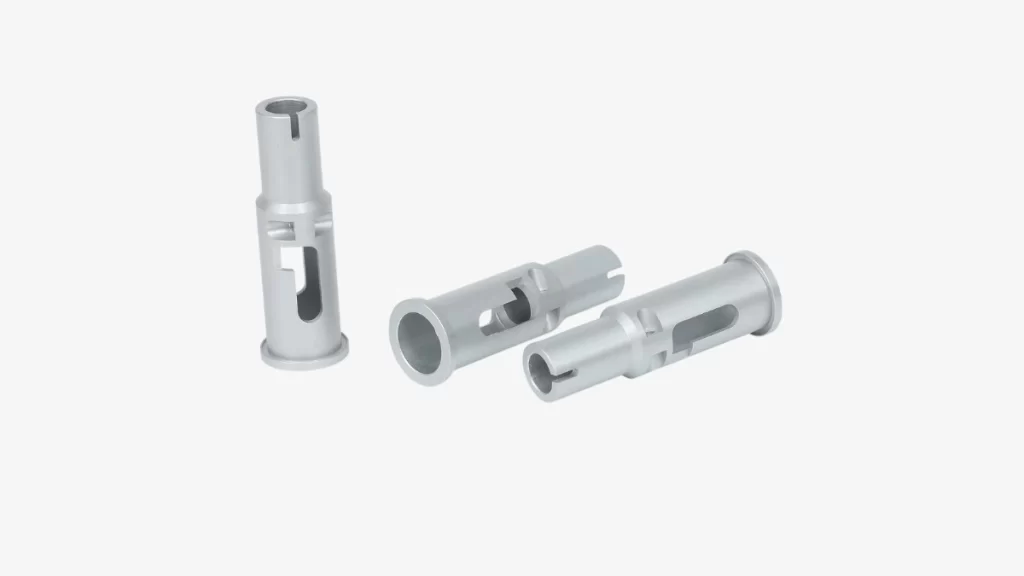
Custom Bushings Stainless Steel Step Turned Parts
Aerospace parts have to withstand vibration and heat. Step turning locks every turbine or bearing. That stabilizes balance during speed and pressure.
Every step has a high-load component with confidence. That matters for altitude control or engine timing. It enhances the safety and durability of the system.
The parts required in precision designs should never move during use. A stepped shaft aids you in achieving those narrow specifications. This is the reason why aerospace designers resort to such a method.
What Are the Necessary Tools for Step Turning?
Step turning relies on a small but vital toolkit. To be accurate, you require proper tools. All the tools assist in managing the shaft geometry, depth, and finish.
Whether you have a manual or CNC lathe, tools are essential. Proper actions require proper cutting and measured measurements. These are the primary tools you will need.
Vernier Caliper or Micrometer for Precise Measurements
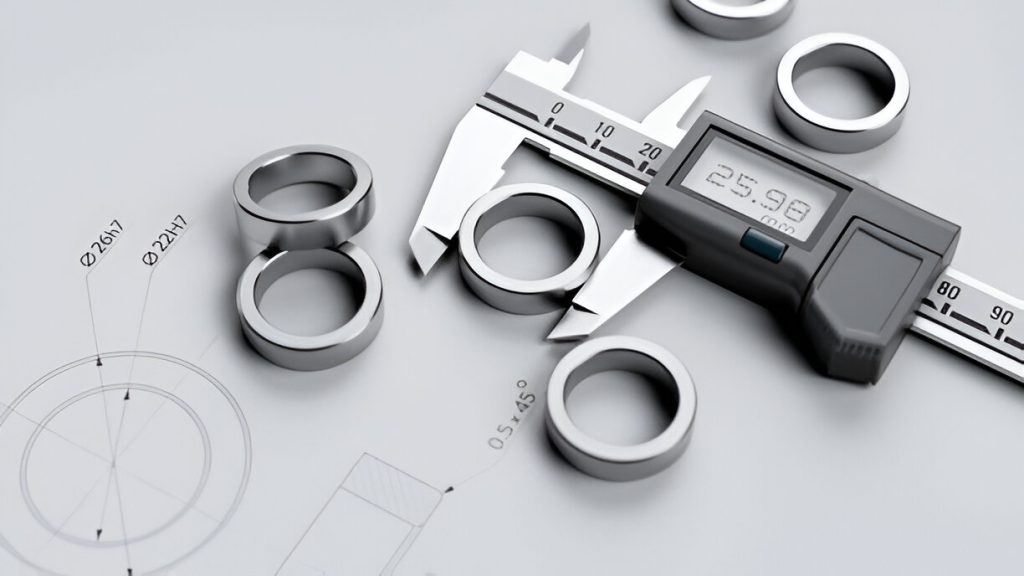
Digital Vernier Caliper Measuring Part Dimensions
To measure shaft diameters, you typically use a digital or vernier caliper. It produces correct readings during and after any cut. An online version generates a faster process that is no less accurate. You can trust it to follow up on the removal of material.
You use a micrometer when tighter tolerances are required. It has greater accuracy, up to the third decimal. This is perfect when you need your shaft to fit precisely. Circular comparisons eliminate the possibility of overcutting or undersizing through regular checks using the tool.
Parting Tool for Sharp Shoulders and Step Locations
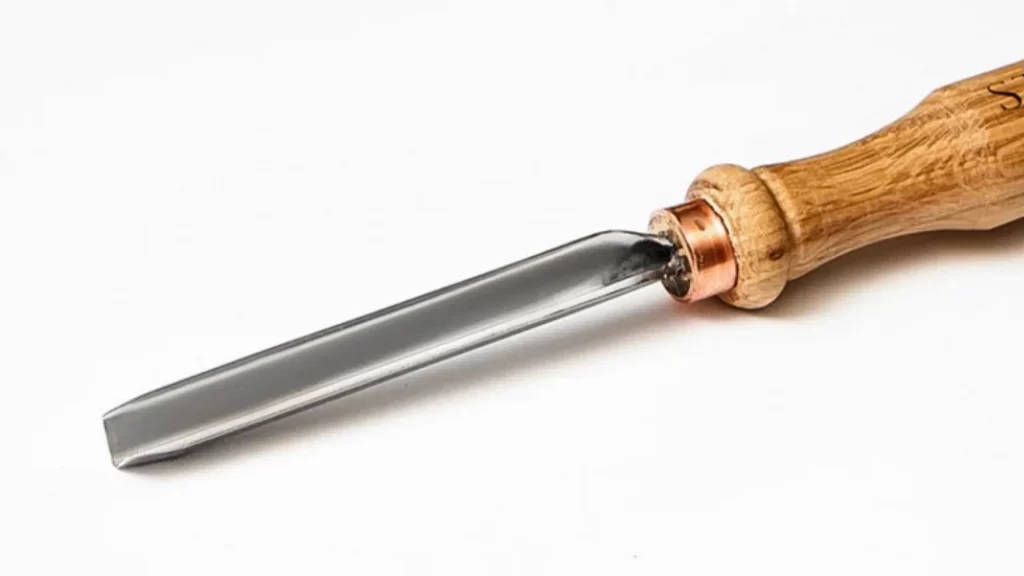
Parting Tool
A parting tool allows you to make crisp, clean step edges. It is flat-shaped, with a cut made across the shaft. You apply it to shape a trench before turning over every step. This guarantees precise commencement points of a follow-up cut.
You also need the help of the parting tool when acute shoulders are necessary. Others require tough assembly transitions. Those are tight corners, which are supported by this tool. That is necessary wherever parts are stopped or locked against the step.
Turning Tool for Diameter Reduction and Profiling
The turning tool removes most of the excess materials from the shaft. You lead it along the axis to model every footprint. It is meant to cut steadily on longer arcs. You turn to it to get smooth profiles and the correct diameters.
A small nose radius is found in most turning tools. That produces a smooth edge where the step joins the shaft. It can help relieve stress and reduce stress concentration at the transition area. But should a sharp corner be required, use a parting tool.
What Are the Advantages of Step Turning?
- Step turning allows you to machine multiple diameters on one shaft, reducing part complexity.
- You don’t need to remove the shaft during operation, which saves time.
- This process works well for high-volume production, especially on CNC machines.
- You can produce complex shafts that accurately fit bearings, gears, or pulleys.
- A single stepped shaft eliminates the need for welding smaller shafts together.
- Manufacturing one piece is often cheaper than assembling several parts.
- The technique improves dimensional accuracy and assembly alignment.
What Are the Disadvantages of Step Turning?
- Step turning may cause material waste, especially with significant diameter differences.
- You often need to start with oversized stock to meet the most significant step.
- Cutting down to smaller diameters can waste both time and material.
- Sharp corners at step transitions can increase stress concentration.
- If steps are too deep, it may reduce overall shaft strength.
- Creating tight tolerances across all steps may require extra tool changes.
- Poor design choices can result in unnecessary cost and material loss.
Materials Best Suited for Step Turning
|
Metals |
Plastics |
Composites |
|
Steel |
Nylon |
Various types |
|
Aluminum |
Delrin (POM) |
(Carbon fibre, etc.) |
|
Brass |
PTFE |
|
|
Copper |
Acrylic |
|
|
Stainless Steel |
Conclusion
Step turning remains one of the most effective methods for producing precise, multi-diameter shafts. You can use it to make spacers, axles, and other high-precision components. The process offers accuracy, repeatability, and efficiency, whether you’re working with small runs or large-volume orders.
Looking for tight-tolerance turned parts delivered on time? Prolean Tech specializes in high-precision CNC turning service. Send us your drawings today and get a fast, accurate quote for your next project.
FAQ’s
Q1: What Is the Difference Between Straight Turning and Step Turning?
Straight turning reduces the entire length of a shaft to one uniform diameter. The final result is a smooth and even cylinder from one end to the other. On the other hand, step turning creates multiple sections with different diameters on the same shaft. Each change in size forms a clear step or shoulder between sections.
Q2: What Is the Process of Straight Turning?
In straight turning, the workpiece is first fixed in the lathe chuck. A cutting tool moves parallel to the shaft to reduce the outer surface evenly. The tool removes material along the entire length to achieve a smooth, straight diameter. This process is often used to prepare basic cylindrical parts.
Q3: What Is Step Turning and Taper Turning?
Step turning is a lathe operation that produces different diameters along the same shaft. Each section ends with a sharp 90-degree shoulder. Taper turning, by contrast, creates a gradual change in diameter. The shaft slowly narrows from one end to the other, forming a cone-like shape.

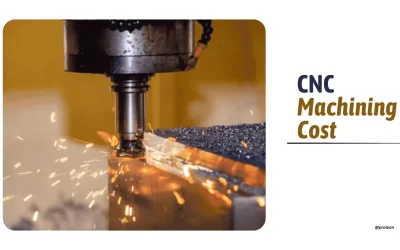
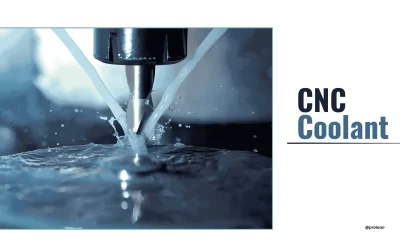
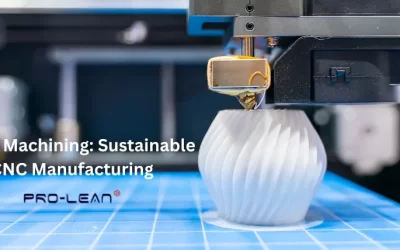
0 Comments